Bridge pose yoga is a backbend that opens your Heart Chakra (Anahata) and keeps your spine flexible.
You will become more awake in both body and mind as you practice this technique. Every area of your body will feel energized and stretched out. The knowledge in today’s article will be helpful in this regard.
What Is Bridge Pose Yoga?
The pose, also known as Setu Bandha Asana, is a basic backbend that opens the chest and stretches the thighs. Its Sanskrit name is made up of five words:
“Setu” translates to “bridge.”
“Bandha” is a Sanskrit word that means “lock.”
“Sarva” also originated from Sanskrit, meaning “all.”
“Anga” is another Sanskrit word that indicates “limb.”
“Asana” means “position” in Sanskrit.
Definition of this technique – Image source: Commons.wikimedia.org
This beginner’s asana (pose) involves raising the chest and sternum while clenching the arms down into the yoga mat to make a bridge-like stance.
Setu Bandha Asana posture is usually done at the end of a Hatha yoga session after a standing sequence to warm up the spine.
Bridge Pose Yoga Benefits
Setu Bandhasana promotes posture and helps combat the effects of long sitting and computer use periods. Also, bridge pose cues low back discomfort and slouching and prevents kyphosis (abnormal spine curvature).
The position extends and strengthens your back muscles, buttocks (glutes), thighs, and ankles while gently stretching and strengthening your tummy, chest, and the area behind your shoulders.
Yoga Bridge Pose Instructions: Step-by-Step
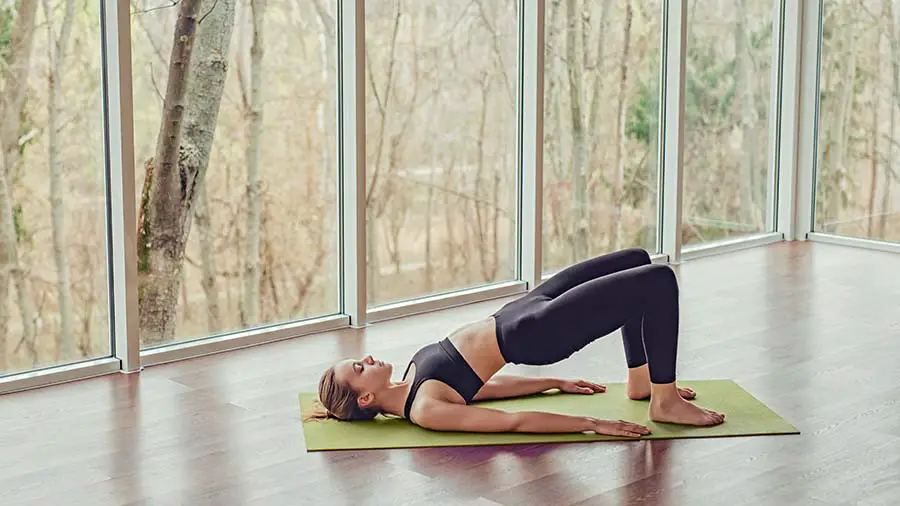
General Guidance
Setu bandha sarvangasana is a terrific way to get a deep frontal stretch and prepare for more advanced backbends by adding it to your yoga practice. Here are a few general pointers on how to do bridge pose:
Practice A Few Rounds
The yoga instructor will guide you through two to three rounds of bridge posture in most yoga sessions.
If you’re practicing Setu bandhasana at home, consider adding this repeat to your routine: with each round, you’ll be able to lift your hips higher and bend your back deeper.
Toes Should Be Pressed Into
You may elevate your hips higher by pressing onto the soles of your feet.
Inhale Deeply Into Your Lower Belly Button
In the bridge position, your inhalations and exhalations are critical because they may help you relax and hold the posture for longer, allowing you to feel the advantages of the deep stretch and your tummy to expand as you inhale. Slowly and purposefully exhale.
Take many deep breaths as you enter, hold, and exit the asana.
Relax Your Glutes
Lift your hips with your leg muscles, and relax your glutes.
Detailed Instructions
Yoga practitioners can use bridge posture to warm up before the shoulder stand (Sarvangasana) or wheel pose (Chakrasana). Here’s how to do bridge position in a step-by-step manner:
1. Lie down on your back, knees bent, and feet flat on the floor. Extend your arms parallel to the floor, palms facing down.
2. Firmly press your feet and arms onto the ground. Lift your hips toward the ceiling while exhaling.
3. Hold your buttocks off the floor by drawing your tailbone toward your pubic bone. Squeeze your glutes but don’t flex your buttocks.
4. Roll your shoulders back and beneath your body. Clasp your hands and stretch your arms below your pelvis along the floor. Straighten your arms and press your forearms into the mat as much as you can. Make a knuckle-to-heels motion.
5. Keep your thighs and feet parallel; don’t allow your knees to sink together or roll to the outside borders of your feet. Apply equal pressure to both feet’s four corners. Bring your tailbone to the backs of your knees and lengthen it.
6. For up to one minute, keep your hands in this position. Unclasp your hands and rest them with palms down next to your body to release. Exhale while rolling your spine, vertebra by vertebra, over the floor. Allow your knees to come together in front of your chest.
Conclusion
Bridge pose Yoga is a great way to teach yourself to calm down and listen to your body. Turn your attention within and watch how your body relaxes when you don’t exert any power. Allow your Bridge to serve as a conduit for communication between your body, mind, and spirit.
To ensure the safety and effectiveness of yoga practice, you need to have the right form and technique. Consult your doctor before beginning yoga if you have a past or pre-existing health issue. Postures can be changed to suit your specific demands.
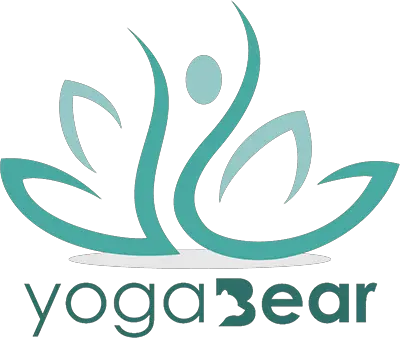
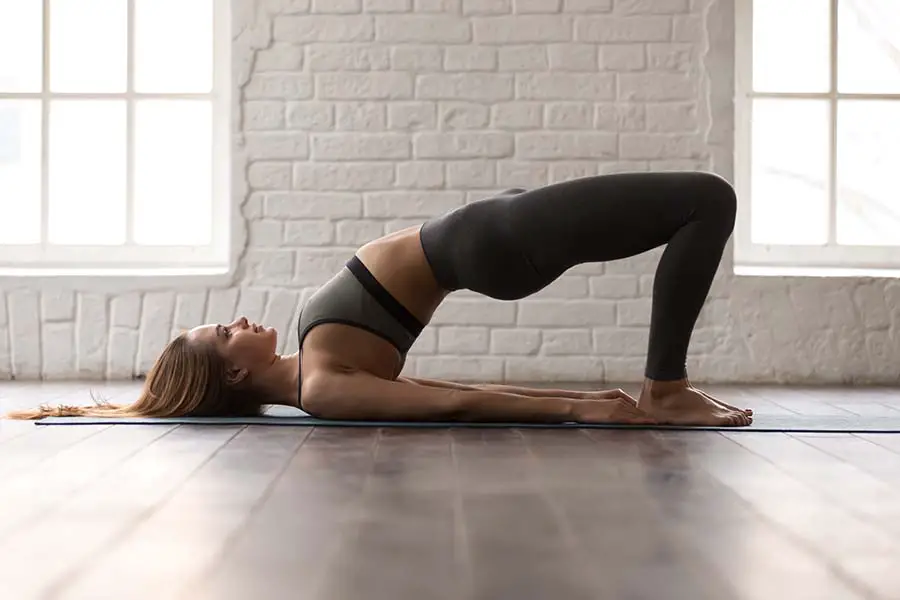
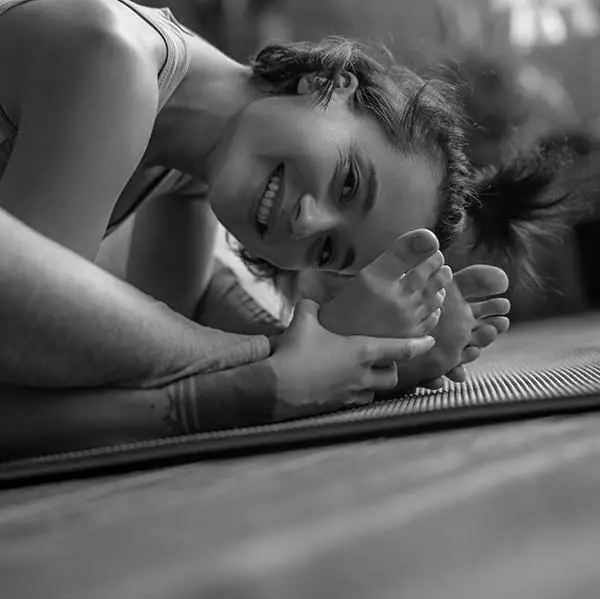
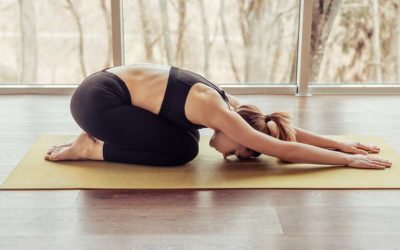
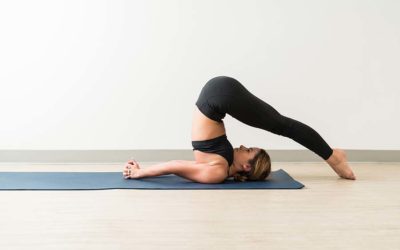
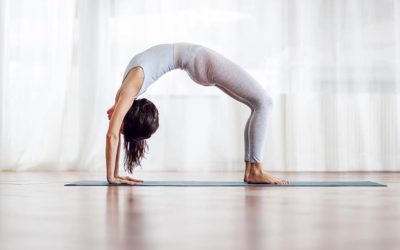
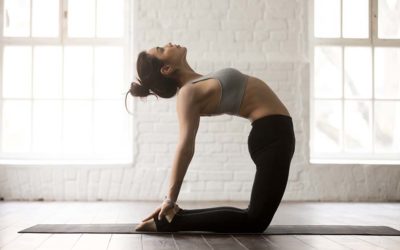
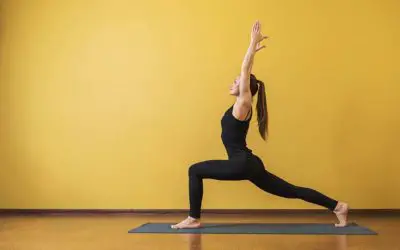
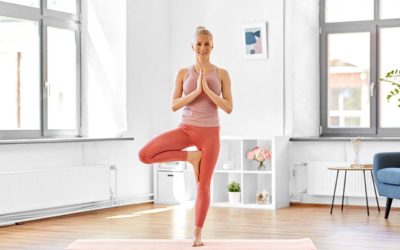
0 Comments